The Independent's journalism is supported by our readers. When you purchase through links on our site, we may earn commission.
Professor of surfing: The man coining boarding terms for the Oxford English Dictionary
Surfing guru Matt Warshaw is the sport/philosophy/lifestyle's chief archaeologist, its breathing encyclopaedia. He chronicles, he archives, he has written two bibles, he is now the surf consultant of the OED. Fellow wave-rider Andy Martin seeks him – and enlightenment – in Seattle
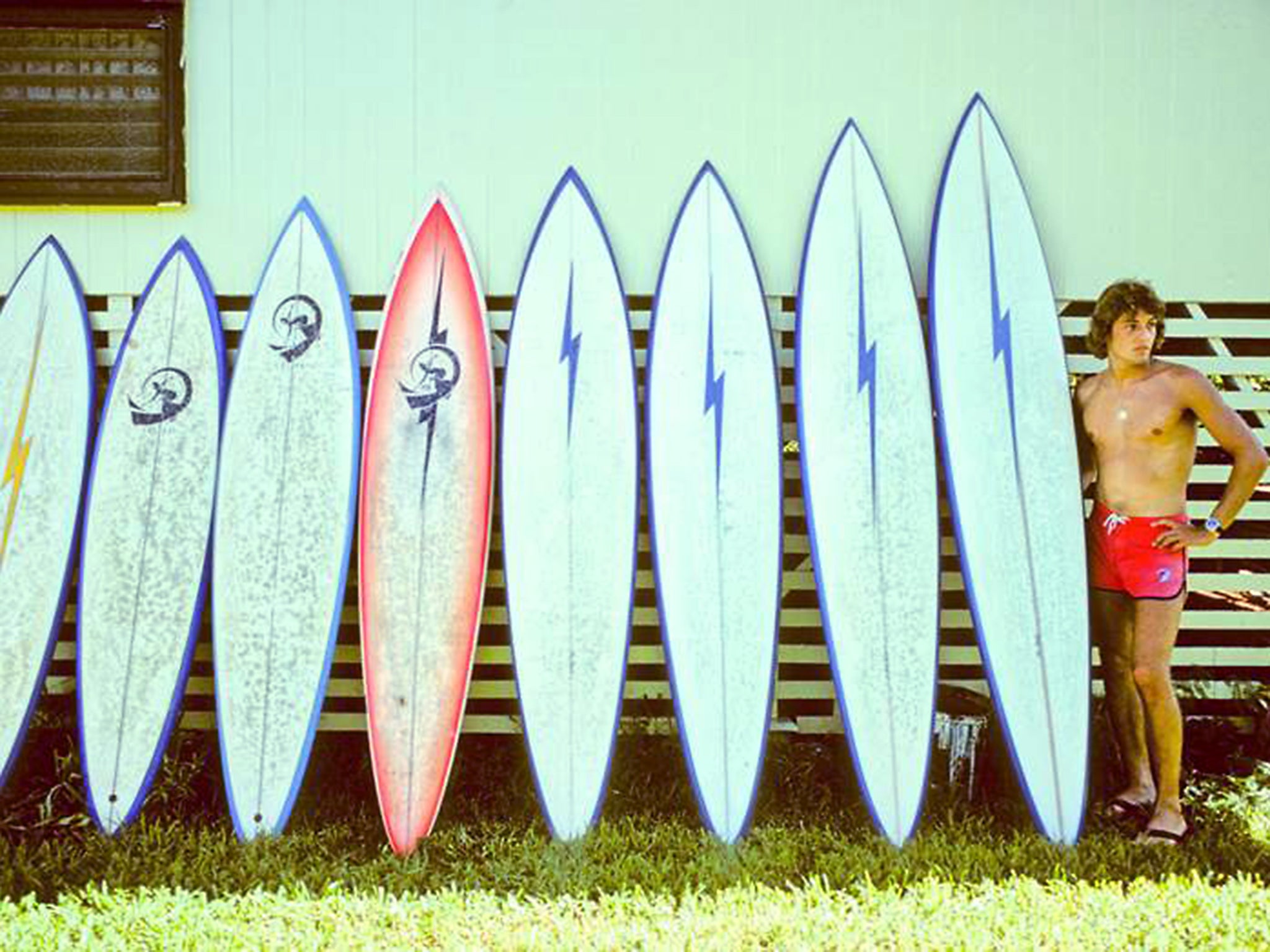
At the risk of “tombstoning” and wiping out in the “impact zone”, you can “get barrelled” in the recently updated and highly tubular Oxford English Dictionary (OED). This is in large measure thanks to Matt Warshaw, who is now the first official surf consultant to the OED. Which is why you can now find such gems as “green room”, “swallowtail” and “dawn patrol” carefully defined in those awesome pages.
But Warshaw doesn’t just talk the talk. At the age of 57, ex-pro surfer, former editor of Surfer, author of The Encyclopaedia of Surfing (2003) and The History of Surfing (2010), he has attained something bizarrely close to omniscience, at least so far as surfing is concerned.
He knows everything and everyone. What he doesn’t know is scarcely worth knowing. “Warshaw – ha!” said a Hawaiian sceptic recently. “All he does is collect information.” True, and you might as well add, “King’s College Chapel – ha! it’s nothing but stone and glass.” Or “The Empire State Building – ha! it’s nothing but steel and bricks.”
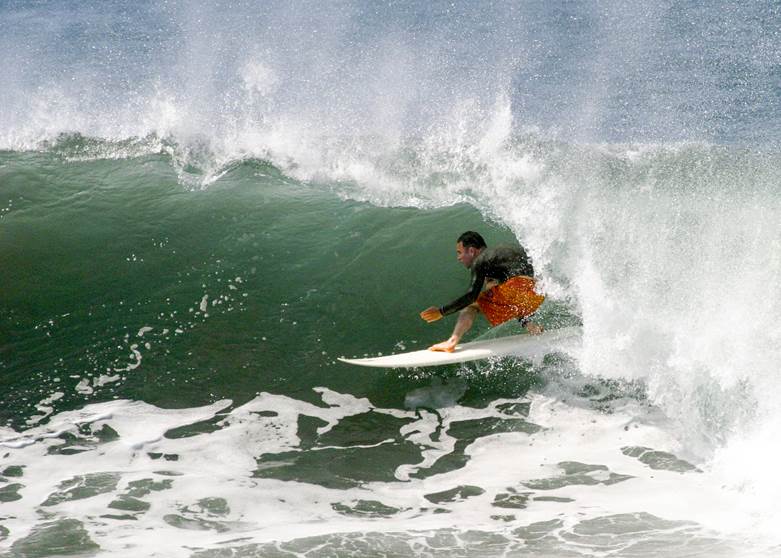
Now living in Seattle, where I went to see him in search of enlightenment, he is a little bit more theoretical than he used to be. More philosophical. He has to be. Seattle is, technically, West Coast, but for starters it’s a long way north, not that far short of the Canadian border. And secondly there isn’t a surfable wave for around 100 miles. And, finally, it was freezing while I was there. Seattle is not Hawaii.
There is a marked lack of palm trees. But Warshaw's wife works for Amazon and his seven-year old son goes to school there. He has become almost domesticated. Every few months he goes mad and takes off to San Diego or places further south in search of a wave.
Someone once described him as the “Linnaeus of the lineup” ie taxonomist-in-chief. He is to waves what a lepidopterist is to butterflies. But just when you thought every last shred of surf data had been catalogued and classified he goes and ups his game.
He is now the Silicon Valley of surfing, the Google of the boogie board, the YouTube of tubes. And I am first in line to enter his gnarly portal of encyclopediaofsurfing.com, where it’s always “corduroy to the horizon” (OED: “used to signify a uniform swell formation, which produces consistent and well-shaped waves, likened in appearance to the evenly spaced ribs of corduroy”). And you won’t need wax or sunblock either.
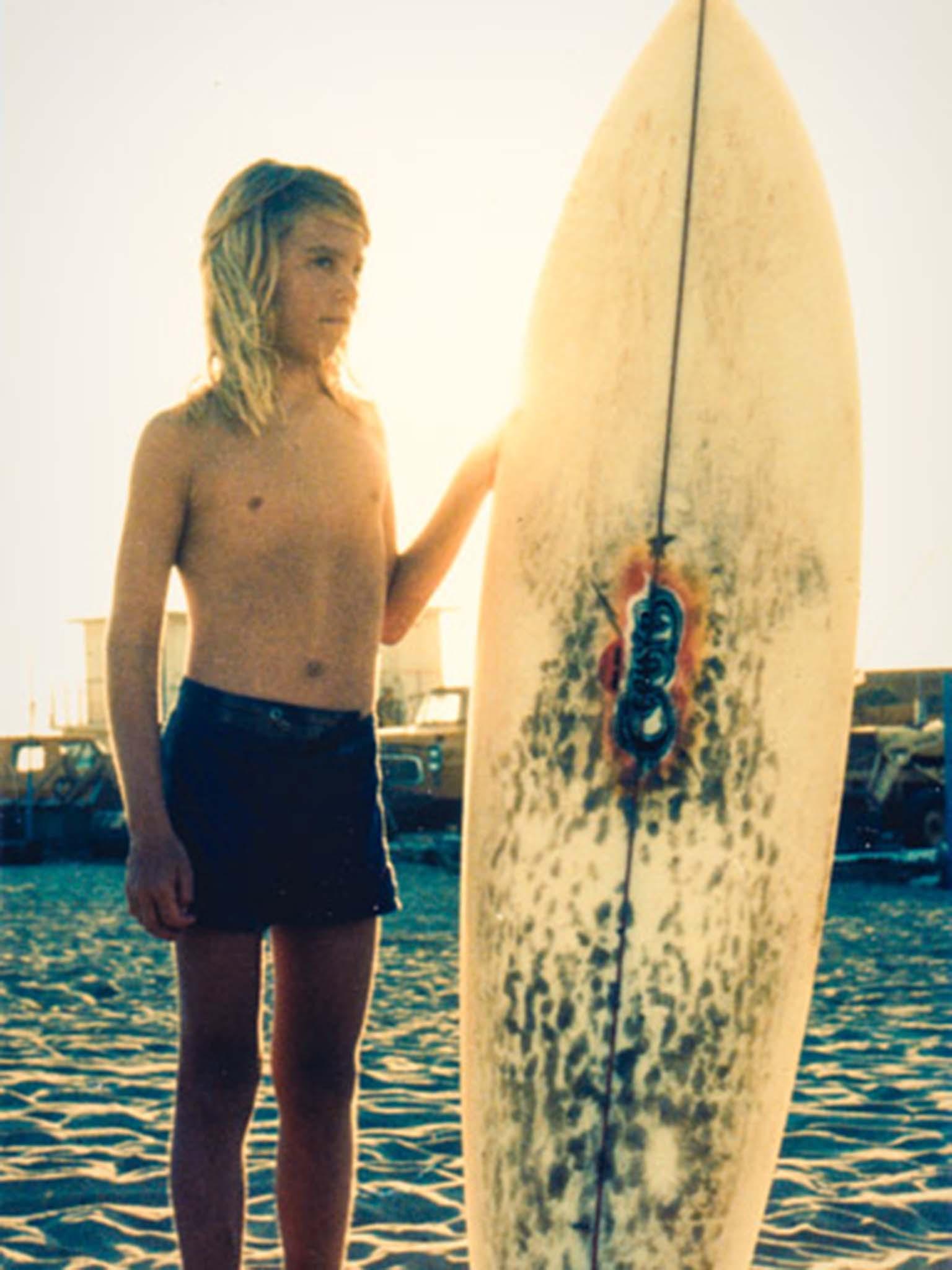
“I’m the oldest dog with the most new tricks,” Warshaw says. We are sitting in a Starbucks of course, this is downtown Seattle after all. He points out that a lot of surf vernacular is ironic. Take “dude”, for example: “it’s a riff on you thinking we’re stupid.” It works by antithesis. Since he has now written not just one but two bibles (not to mention that great book about mavericks), I can see that his main problem is the one Moses would have if he were sitting in Starbucks. Guys like me popping up and asking for more. Clarification of the commandments, please. How do you part the mighty waters exactly, that sort of thing.
Back in the 1980s, some highly overoptimistic pioneer of the professionalisation of surfing (Warshaw can tell you who, when, and where), said “We’re all going to be millionaires!” Not quite, although I guess Kelly Slater (World number one 11 times over) and Laird Hamilton (Hawaii-based big-wave surfer and stunt double in Bond movies and the like) have done well enough. Warshaw is probably the only one to make a living out of archiving waves and wave-riders. I think he has earned it.

There is a new book in the pipeline, due out later this year (from Knopf), by philosopher/surfer Aaron James (author of Assholes: A Theory), called Surfing with Sartre. Which is not quite as crazy as it sounds. On page 630 of Being and Nothingness (in the Gallimard edition, the chapter on “Doing and Having”) Sartre hymns “sliding on water”. He says the trouble with skiing is that it leaves tracks in the snow.
The whole point of surfing (and similar water-based activities) is that it leaves no trace – the annihilating wave folds over and automatically erases all signs of your passing. But the metaphysics of pure being no longer holds here or anywhere else. Matt Warshaw is an anti-Sartre: his entire raison d’être is to capture and disseminate the signs of our passage, preserving forever those mythic, miraculous moments in which, all too briefly, we appear to be walking on water. And he is doing all this, let me stress, with zero ads. No distracting sidebars or pop-ups. It’s all glorious, azure-tinted substance. He only needs a couple of thousand subscribers to make the whole surfing/surfing project viable and keep it pure.
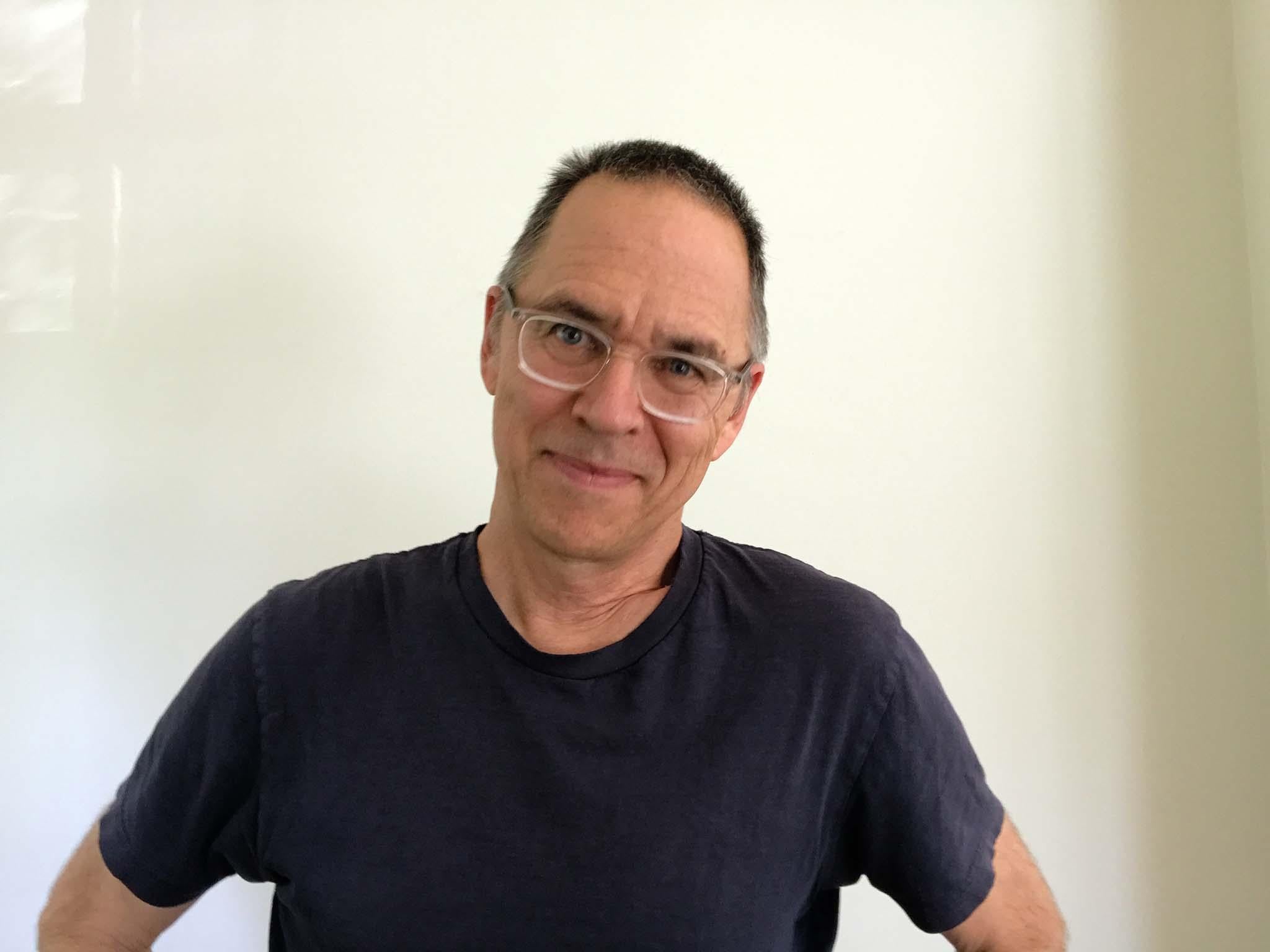
Warshaw was born in Los Angeles and started surfing aged nine. He was, he says, the first kid ever to own a Zephyr board, from the same surfboard store that gave birth to the Z-Boys skateboard crew. He graduated from Berkeley with a degree in history, which is amazing considering how much time he spent at the beach. Now he is the world’s most comprehensive chronicler of the surfing scene (so comprehensive, even I get a footnote). The OED deal is the first thing, he says, that really impressed his parents.
Warshaw is a serious archeologist of the surf, but he has a sense of humour about it, fortunately. “I’m an archivist but I have to be an entertainer too,” he says. “Most of my time is spent pirouetting and dancing, like a clown tying balloons to the front of the library.” He doesn’t mind the term “auto-didact” either. “I’m never happier than when I have to learn new stuff. I taught myself to photo edit and make videos using Final Cut Pro. I am pretty much master of my domain.”
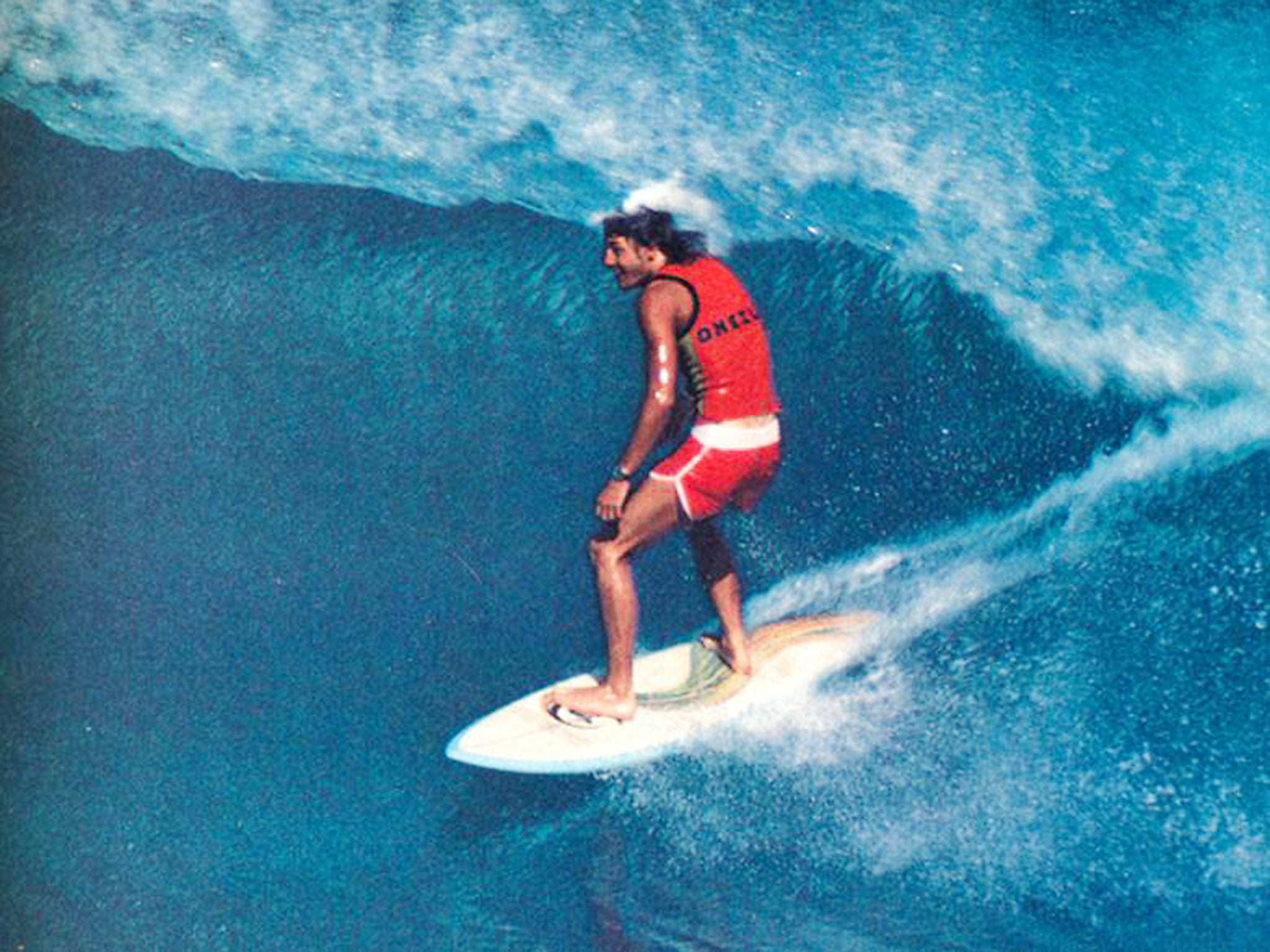
The 1980s was the high point of “the ing-er war” ie the great rivalry between the two top magazines in the USA, Surfing and Surfer. Like the late, lamented Surfer’s Path in the UK, Surfing folded last year after 50 years of pure stoke (having made the strategic error of moving into the Surfer offices). Surfer, having swallowed its rival, rolls on. For now. And they’ve been sponsoring Warshaw for the last three years. But he is a bit like the sorcerer's apprentice who is threatening to take over the shop. It feels like that anyhow.
Perhaps surprisingly, Matt Warshaw is not a fundamentalist where surfing is concerned. “It’s no more religious than hiking. You can’t base your life on it.” Although, oddly enough, that is just what he has done. There remains something compulsive about wave-riding, even wave-watching. The tube is still the quintessential surfing experience. The surfer is enfolded in the spinning vortex of the wave, the inner sanctum (see “green room” above). Maybe you just about manage to stay upright, maybe drag a hand along the face of the wave – then get shot out at the far end of the ride on the back of an explosion of compressed air. Like a human cannonball. It’s a form of rebirth, symbolically speaking, resurrection. You think – I was saved for a reason! Whatever it may be. If only to go surfing one more time.
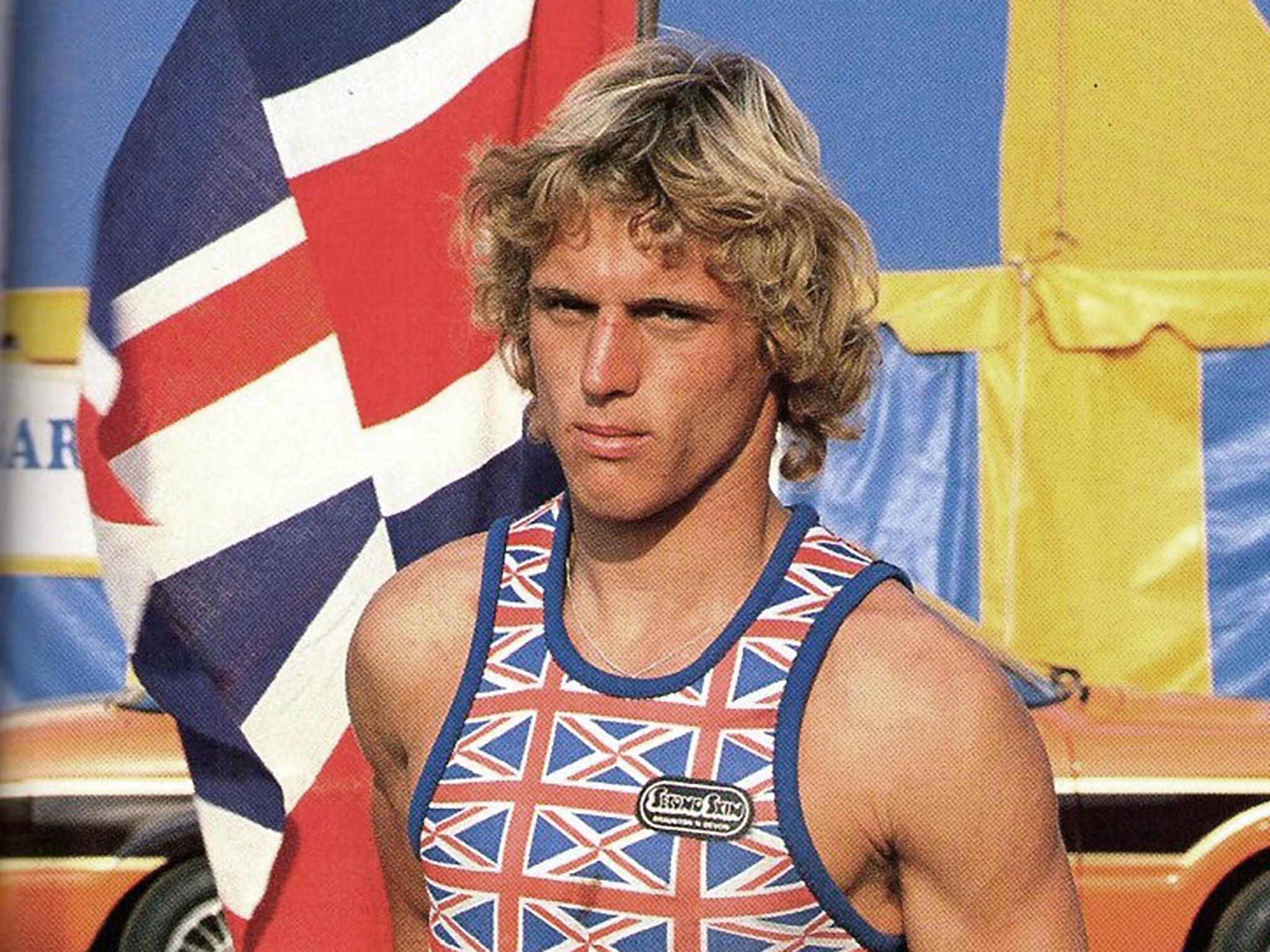
Shaun Tomson (“innovative and aristocratic … dashingly handsome Durbanite” – the Encyclopedia), who rose to become 1977 world champion, now based in Santa Barbara, well over a thousand miles to the south of Seattle, is one of the surfing millionaires who really made it. “My parents always expected me to be a professional. Lawyer or something. They just didn’t expect professional surfer.” He ran a successful business – Instinct Surfwear – and took a degree in economics at the same time as he was charging huge Waimea.
In 2006 his 15-year-old son Mathew died of accidental auto-asphyxiation (the so-called “choking game”). “The biggest killer of young people,” Tomson said, “is bad choices.” Now Tomson, who is possibly the most charismatic and articulate surfing world champion I’ve ever come across, travels around the world giving “Positive Wave” motivational talks to CEOs (Richard Branson), opinion formers (Malcolm Gladwell) and countless school kids. His book, The Code (2013, written with Patrick Moser) uses surfing as a metaphor, with a view to instructing, inspiring, and guiding us towards “good choices”. The Tomson technique is to get everyone to write down a few simple sentences, or “promises”, starting “I will…”. What they write after that doesn’t matter so much as the first part. I could fully identify with “I will never be famous for rapping.” Tomson himself writes, “I will heal”, “I will create” and “I will give.” This is surfing as will and idea, an allegory of life, the universe, and everything.
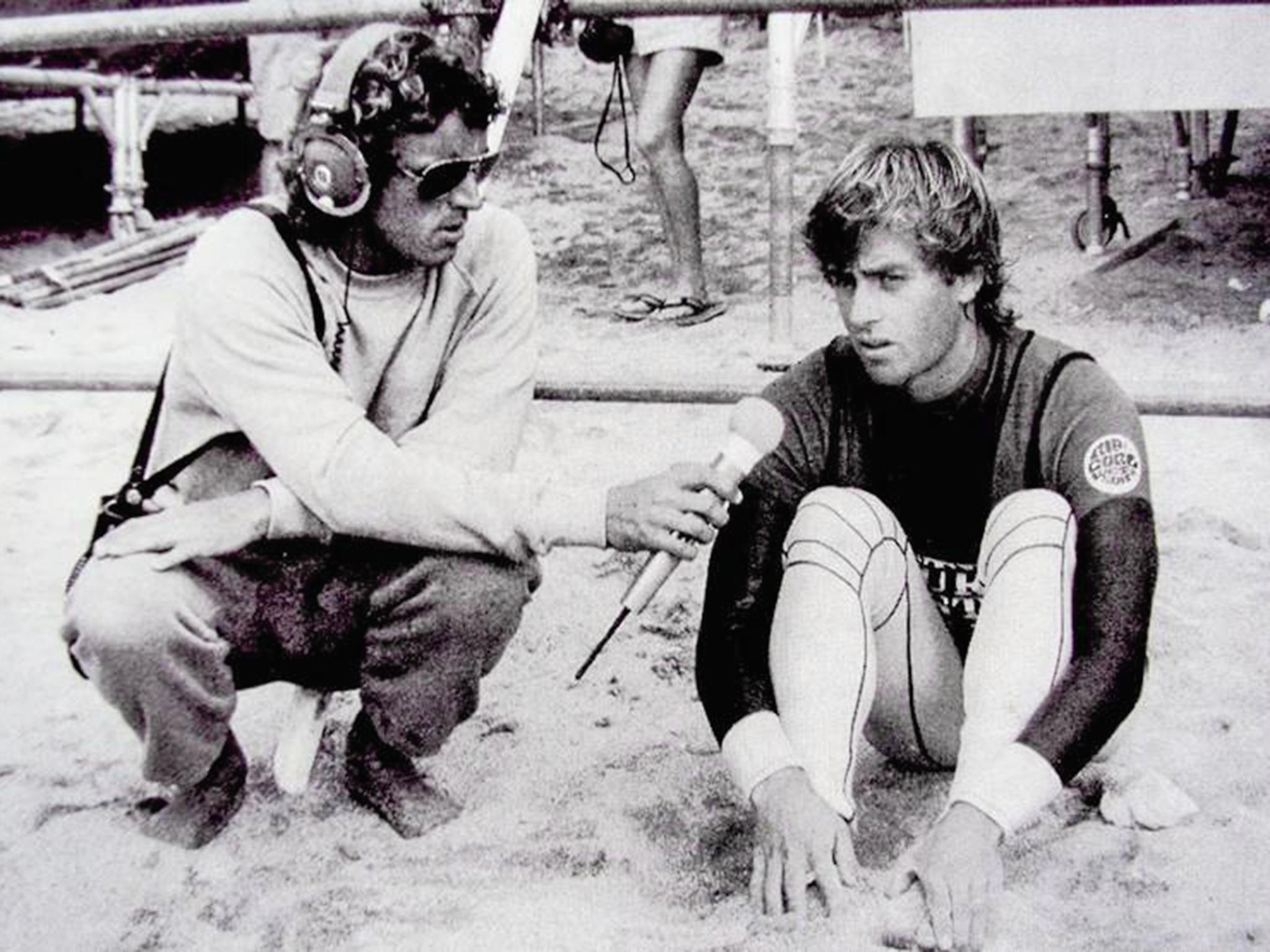
Aaron James proposes surfing as a hedonistic post-industrial alternative to the puritan work ethic. My friend Karen Rinaldi, in a recent New York Times opinion piece, sees it as an exercise in heroic failure and dogged persistence, “because it’s great to suck at something”. But there is a deep, dark and dangerous side to surfing. “Insane”, after all, is a term of approbation. Those whom the gods wish to destroy, they first make into surfers. Approximately half the people I used to know in Hawaii are now dead, mainly through drowning (look up “Mark Foo” on encyclopediaofsurfing.com, for example). One or two are or have been in jail.
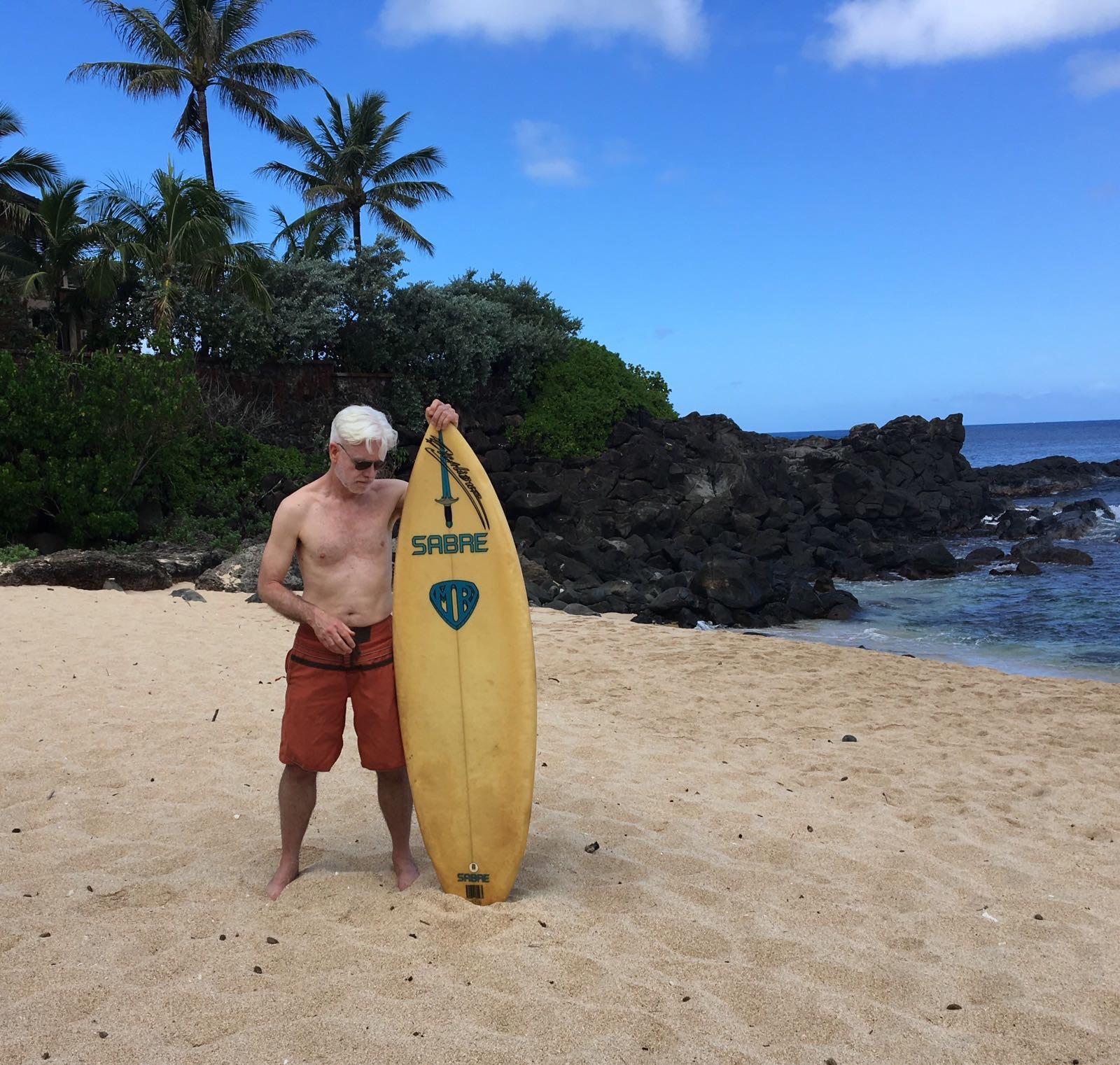
A year or so back Ace Cool (aka Alec Cooke, “showboater” says the Encyclopedia) paddled out at Waimea Bay in the dark and never came back. But the epic life story I was revisiting with Matt Warshaw and Shaun Tomson was that of the pioneering British surfer everyone called “Ted” – aka Viscount Edward George William Omar Deerhurst, son of an American ballerina and the Earl of Coventry. He didn’t quite make world champion – not for want of trying – but he had “a strangely beautiful surfing career” anyway, said Australia’s Surfing Life (it’s in the Encyclopedia). He lived fast and died young, just as James Dean recommended. I wrote his obituary for The Independent nearly 20 years ago. But there is a mystery around his death which has drawn me down into the underworld of surf noir. Hawaii is not paradise: it’s more like heaven, hell and purgatory all rolled into one.
Surfing is such a small world. It’s the global village on water. I was riding one of Ted’s old boards in Hawaii the other day, an MR twin-fin round tail bearing his distinctive symbol, the Excalibur sword. Ted was an idealist who saw surfing as heroic and the surfer as a knight-errant in shorts. A bearded not-quite-ancient mariner who was sailing right across the Pacific from New Zealand to Alaska when he stoppethed me as I walked up the beach at Haleiwa. “Great board,” he said, gazing at it fondly. “I remember Ted. I saw him out at sunset one time. I was out on the shoulder. He was right in the pit. He had this distinctive stance.”
He showed me the stance, leaning almost too far forwards, like a man living precariously, dancing right on the edge. The legend lives on. And footage of one of Ted’s classic waves, filmed by Dick Hoole and Jack McCoy (courtesy of films-jackmccoy.com) can now be found immortalised in the endless summer at encyclopediaofsurfing.com.
Andy Martin is the author of ‘Walking on Water’ and ‘Stealing the Wave’. He thinks his parents would have been impressed to know that the OED quotes ‘Walking on Water’ 29 times. Follow @andymartinink
Matt Warshaw’s trio of websites, the Encyclopedia, the History, and Above the Roar (interviews), can now be accessed online at encyclopediaofsurfing.com Follow @mattwarshaw
Join our commenting forum
Join thought-provoking conversations, follow other Independent readers and see their replies
Comments
Bookmark popover
Removed from bookmarks